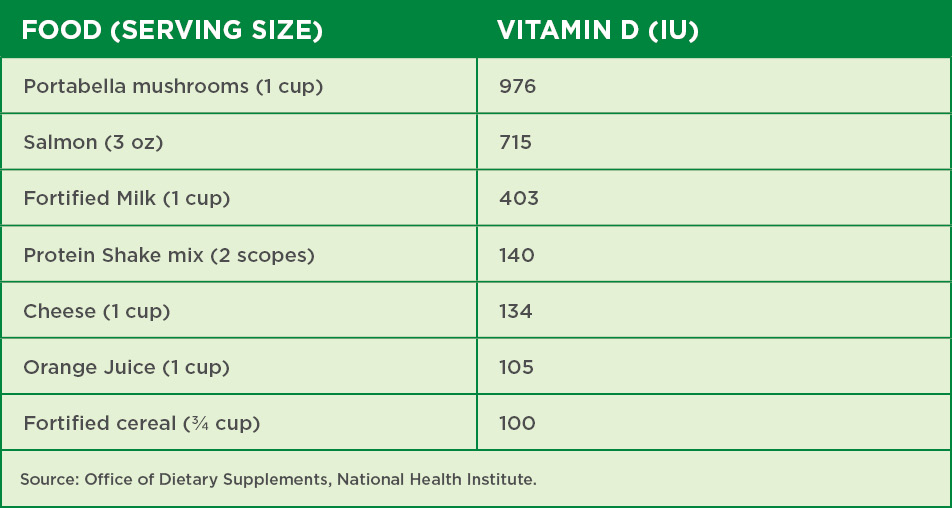
This post was written by Leslie Siegel, PharmD, Parkview Health.
Can Vitamin D help protect me from COVID-19?
There are still a lot of unknowns with the global pandemic and COVID-19. Currently, there is no approved vaccine or cure, leaving many people looking for other ways to reduce their risk of infection. One supplement that has drawn a lot of interest is vitamin D. This popular nutrient has received attention because studies have shown that higher levels of vitamin D can lower the risk and severity of influenza. This has led scientists to believe that vitamin D may play a role in other viral diseases like COVID-19.
At this time, there has been one study that has found that adult patients with higher vitamin D levels were more likely to have milder symptoms of COVID-19. Like in influenza, vitamin D appears to help boost the immune system, which leads to milder symptoms. Unfortunately, data is still limited, and there haven’t been any studies looking into COVID-19 symptoms based on vitamin D levels in children.
What is a normal vitamin D level?
Firm vitamin D levels have not been determined at this time. However, normal vitamin D levels are above 30 ng/ml. Additionally, there have been influenza studies that recommend that vitamin D levels fall between 40-60 ng/ml.
Who should be tested for vitamin D levels?
Vitamin D deficiencies are more common in elderly patients and those with chronic diseases such as osteoporosis. Patients who have undergone a gastric bypass may also be at an increased risk for vitamin D deficiency. These patients should talk to their primary care provider to see if vitamin D testing and supplementation is needed.
What are some ways to increase vitamin D levels?
It’s recommended that adults age 18-70 receive 600 international units (IU) of vitamin D daily. This increases to 800 IU in people that are older than 70. Here are a few easy ways to incorporate more vitamin D into your daily routine:
- Spend time outside: Vitamin D is otherwise known as the “sunshine” vitamin. Spending 10-15 minutes in direct sunlight a few times per week can help you get all the vitamin D that you need. This works the best during the summer months between 10 a.m. and 3 p.m. People with darker skin may need to spend a little more time outside to get the same amount of vitamin D compared to those with lighter skin.
- Get vitamin D in your diet: Many foods are fortified with vitamin D. Check out your food labels to see what foods in your kitchen come with vitamin D. Also, please utilize our table with common foods containing vitamin D.

- Supplementation: Supplementation is more commonly needed in the winter months when patients are not able to get enough vitamin D from sun exposure. Vitamin D can be found in select daily multivitamins or on its own. Cholecalciferol (vitamin D3) and ergocalciferol (vitamin D2) can be purchased over the counter or through a prescription. Common over the counter strengths include 400 IU, 1000 IU and 2000 IU. Vitamin D is commonly combined with calcium. Your provider may prefer this formulation if you have low levels of calcium and vitamin D.
Final thoughts
At this time, there is limited data regarding the benefits of using vitamin D for COVID-19 protection. Vitamin D may not prevent you from getting COVID-19, but it may help to boost your immune system. By spending a few minutes a day outside, you can obtain adequate amounts of vitamin D. Once we transition to the winter months, you may want to consider increasing your vitamin D intake through your diet, supplements or both. Please remember to speak to your primary care provider before starting supplementation.
Finally, please use the precautions recommended by the CDC during the COVID-19 pandemic. If you are experiencing symptoms of COVID-19, please reference the Symptom Checker, which can found on the Parkview Health website.